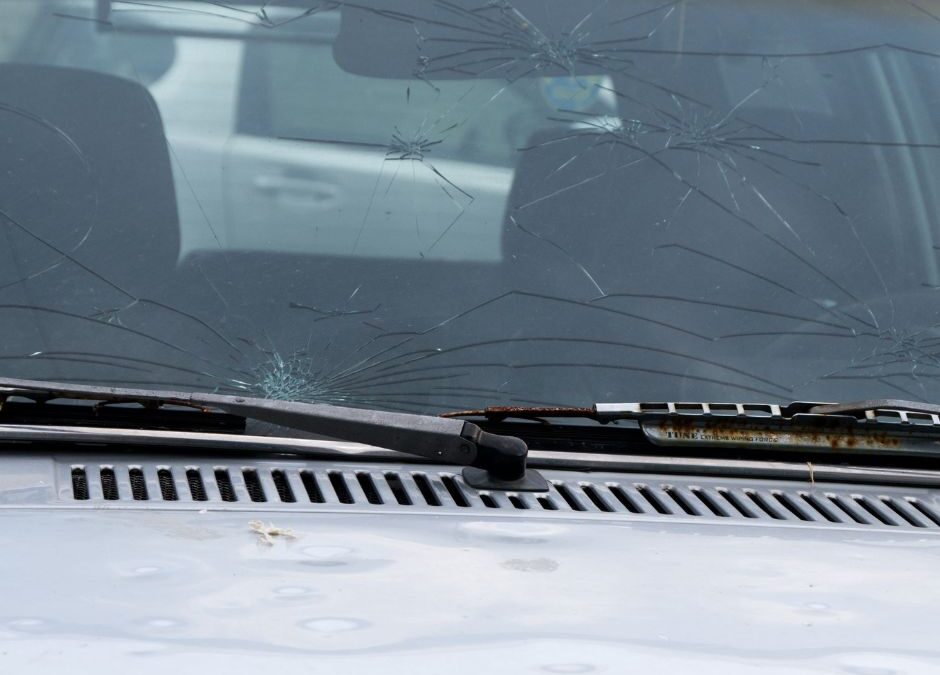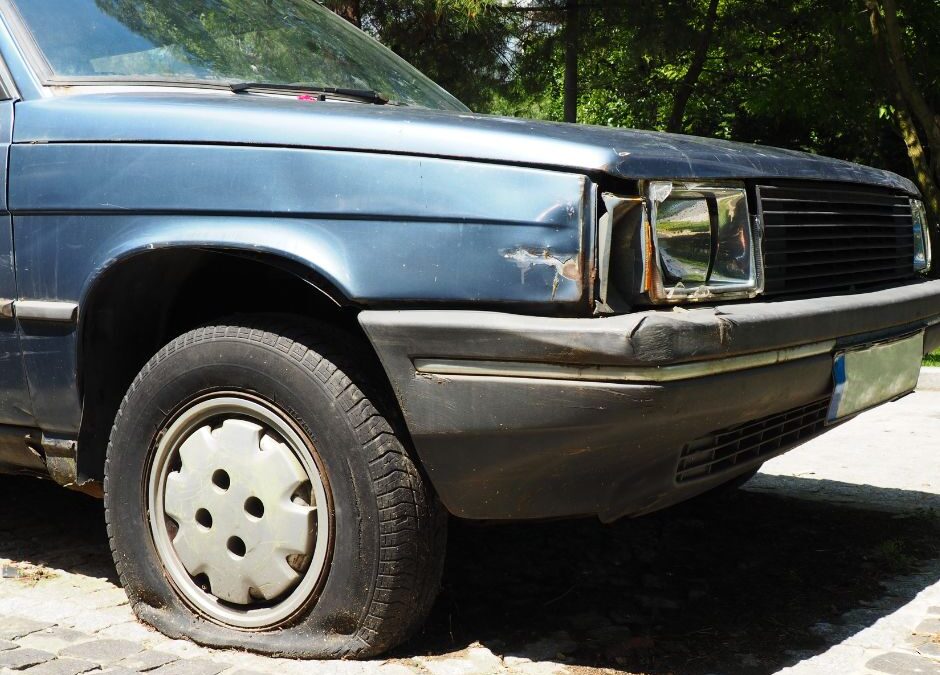
Obtaining a P-plate (provisional) license is a significant milestone for your young driver. It signifies newfound freedom and independence on the road but also comes with added responsibilities. Safety should always be a top priority, and as a P-plate driver, there are essential guidelines and tips to follow. In this article, we’ll explore key tips for ensuring the safety of P-plate drivers on Australian roads.
- Adhere to Speed Limits
Speed limits exist for a reason – they help maintain safe driving conditions. Always obey posted speed limits and adjust your speed to match road and weather conditions. Speeding is a leading cause of accidents among young drivers, so resist the urge to exceed the limit. Remember, arriving safely is more important than arriving quickly.
2. Avoid Distractions
Distractions behind the wheel can have dire consequences. Put away your mobile phone and avoid texting, making calls, or using apps while driving. It’s not just illegal; it’s incredibly dangerous. Focus on the road and keep both hands on the wheel at all times.
3. Buckle Up
Seatbelts save lives. Ensure that everyone in your vehicle is wearing their seatbelt before you start driving. As a P-plate driver, you’re responsible for the safety of your passengers. It’s not only the law but also a crucial safety measure.
4. Maintain a Safe Following Distance
Maintaining a safe following distance is essential for reaction time and preventing rear-end collisions. The recommended minimum following distance is at least three seconds behind the vehicle in front of you. Increase this distance in adverse weather conditions or when driving at high speeds.
5. Avoid Peer Pressure
Driving with friends can be fun, but it can also lead to distractions and risky behavior. As a P-plate driver, you are limited in the number of passengers you can carry. Ensure that your passengers do not contribute to reckless driving or distract you from the road.
6. Night Driving Caution
Night driving can be more challenging, especially for less experienced drivers. Reduced visibility and the potential for tiredness increase the risk of accidents. If possible, avoid driving during late-night hours. If you must drive at night, make sure your headlights are on, and stay alert.
7. Understand Road Conditions
Australia’s vast and diverse landscape means that road conditions can vary greatly. Be prepared for different scenarios, including rain, fog, and icy roads, depending on your location and the time of year. Adjust your driving to match the conditions and consider postponing your trip if it’s unsafe to drive.
8. Regular Vehicle Maintenance
Maintaining your vehicle is vital for safety. Regularly check your tires, brakes, lights, and other essential components to ensure they are in good working condition. Keep your vehicle well-maintained to minimize the risk of mechanical failures that could lead to accidents.
9. Learn Defensive Driving Techniques
Consider taking a defensive driving course. These courses teach valuable skills for avoiding accidents and handling unexpected situations on the road. Defensive driving can enhance your safety and build your confidence as a P-plate driver.
Safe driving is a responsibility that every P-plate driver in Australia should take seriously. By adhering to speed limits, avoiding distractions, buckling up, maintaining safe following distances, and understanding road conditions, you can significantly reduce your risk of accidents and protect yourself and others on the road. Remember, safety always comes first, and the habits you develop as a P-plate driver will shape your driving behavior for years to come.











0 Comments